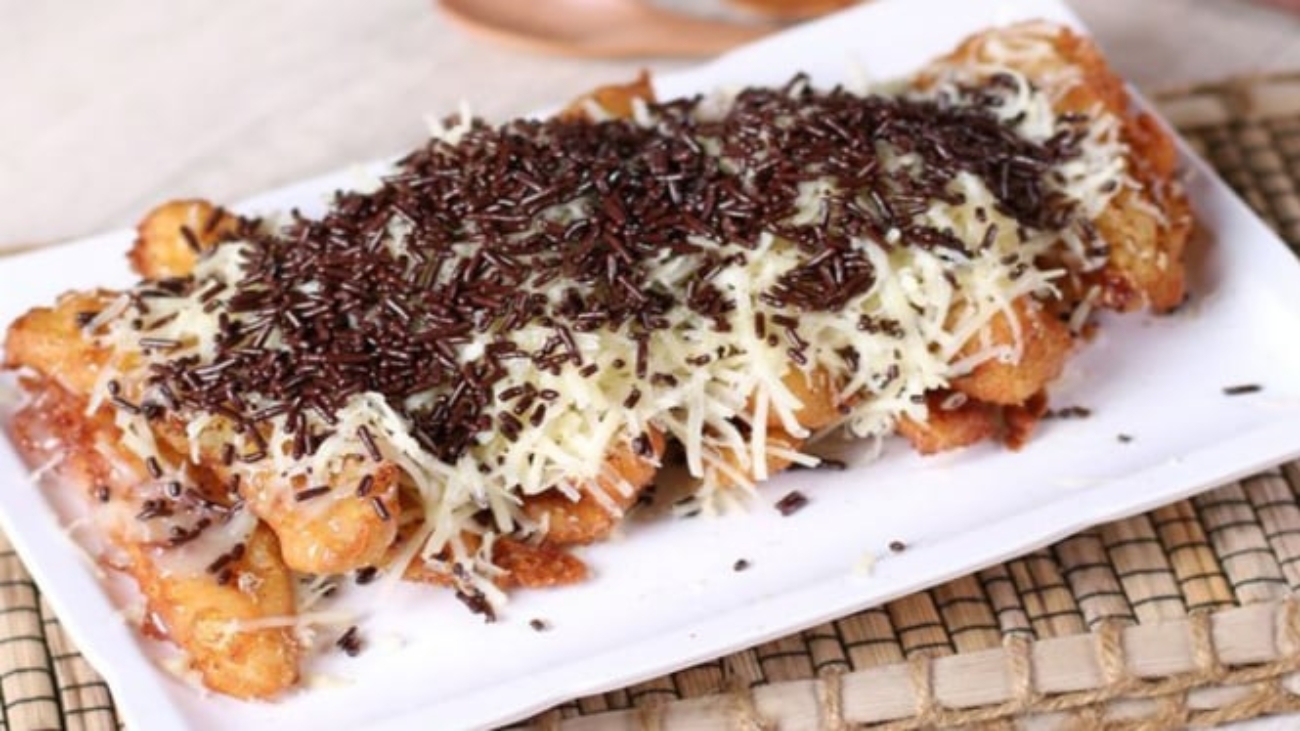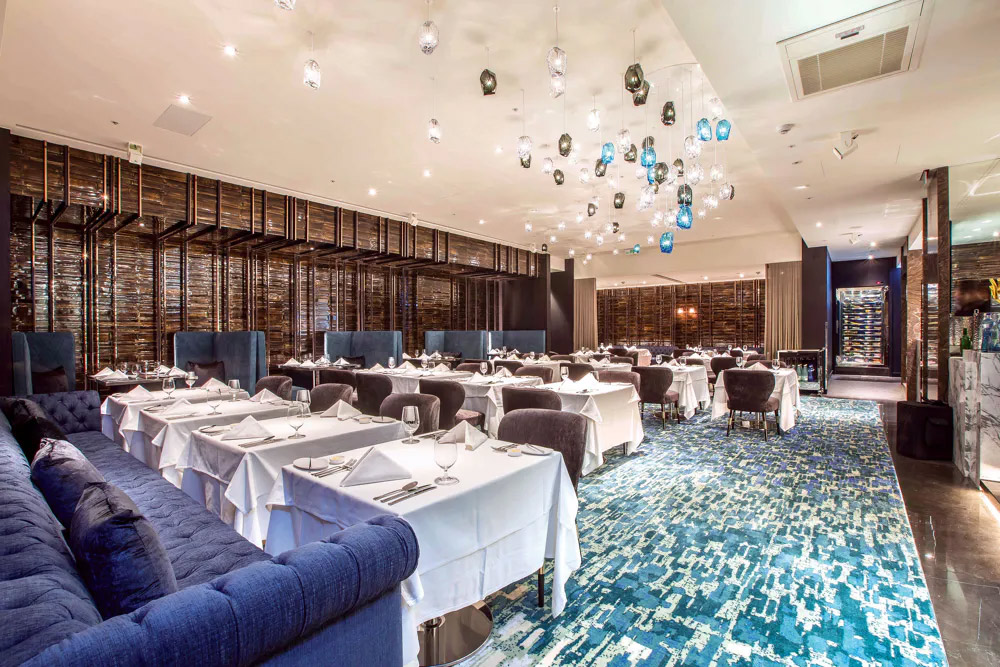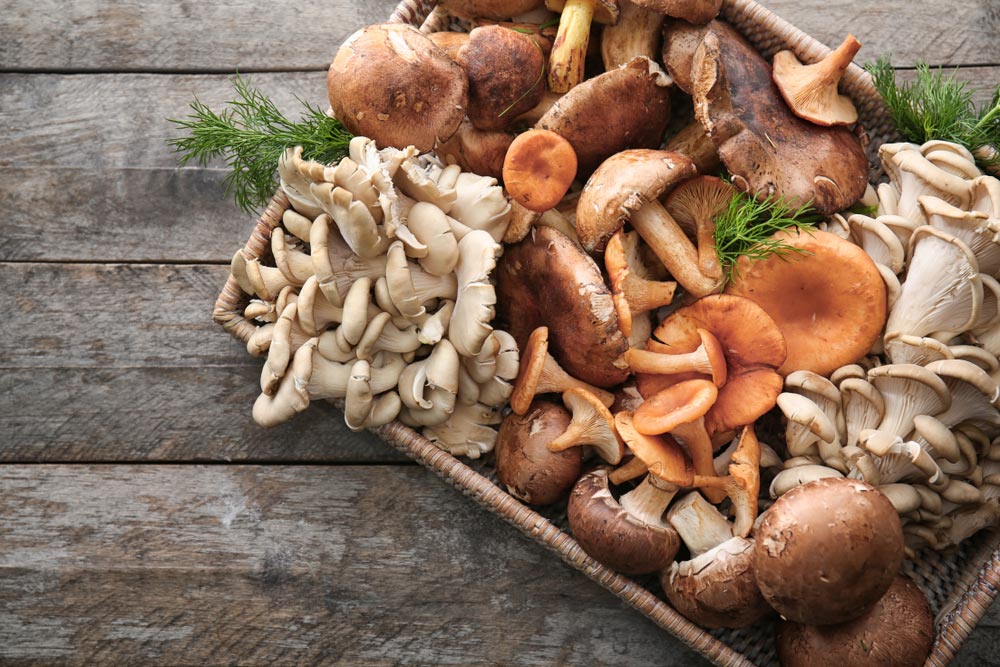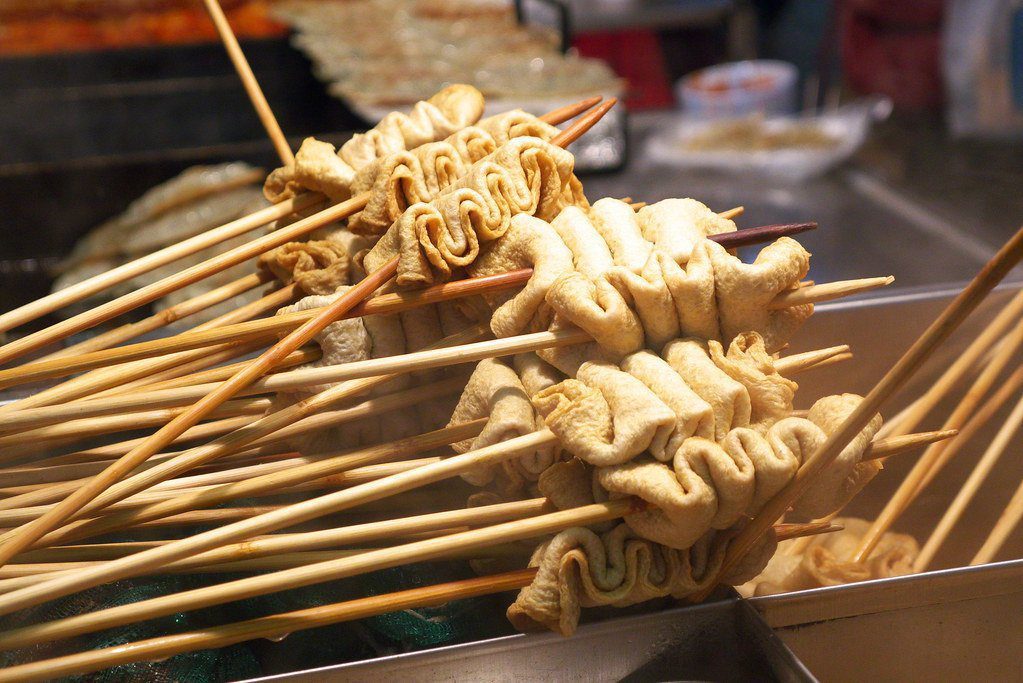At a humble stall along Changi Road, a mouthwatering snack from Indonesian food has sparked quite the frenzy. Known as pisang keju, these banana fritters topped with cheese have captured the hearts and taste buds of many, drawing long queues of eager customers. This simple yet irresistible snack has become the star attraction at Pisang Keju Batam SG.

The Heartwarming Family Behind the Stall
Behind this bustling snack haven is a devoted family working side by side. Nurleli, the culinary genius from Indonesia, leads the team alongside her stepdaughter Farhanah and son-in-law Muhammad. Even Nurleli’s husband joins in to help when he’s not busy. Their stall at Bikerz Corner, open for only three weeks, has quickly become a hotspot for those seeking a unique and tasty treat, especially during dinner and late-night hours.
The Snack with a Story
Pisang keju, synonymous with Batam in Indonesia, holds a special place in the hearts of many. When people from Singapore visit Batam, trying pisang keju is a must-do. Hence, the stall’s name, Pisang Keju Batam SG, pays homage to this cherished treat. Despite its Batam roots, Farhanah shares that this delightful snack is loved in various parts of Indonesia.
Nurleli’s Culinary Journey
Nurleli, no stranger to success, previously managed three bustling pisang keju stalls near a ferry terminal in Batam. Her son now oversees those carts. After moving to Singapore four years ago, she harbored dreams of sharing her culinary delights but faced financial constraints.
Starting Small, Dreaming Big
Their journey started humbly, selling from their home. Despite limited resources, they showcased their love for pisang keju. Farhanah’s efforts, even taking orders from her work colleagues, added to their growing popularity. During Ramadan, their sales skyrocketed, reaching nearly 100 boxes a day.
Overcoming Challenges
The family’s first stall opened at Guillemard Road but faced unforeseen challenges, leading to a relocation after 11 days. Despite these setbacks, their passion for pisang keju remained undeterred. Cooking restrictions and lease issues didn’t hinder their determination to share their cherished snack.
Conclusion: A Delicious Tale of Perseverance
The story of Pisang Keju Batam SG encapsulates resilience, passion, and a shared love for a simple yet delightful snack. From a small home-based venture to relocating stalls due to challenges, their dedication and love for pisang keju have won the hearts of many snack enthusiasts in Singapore’s vibrant food scene.







